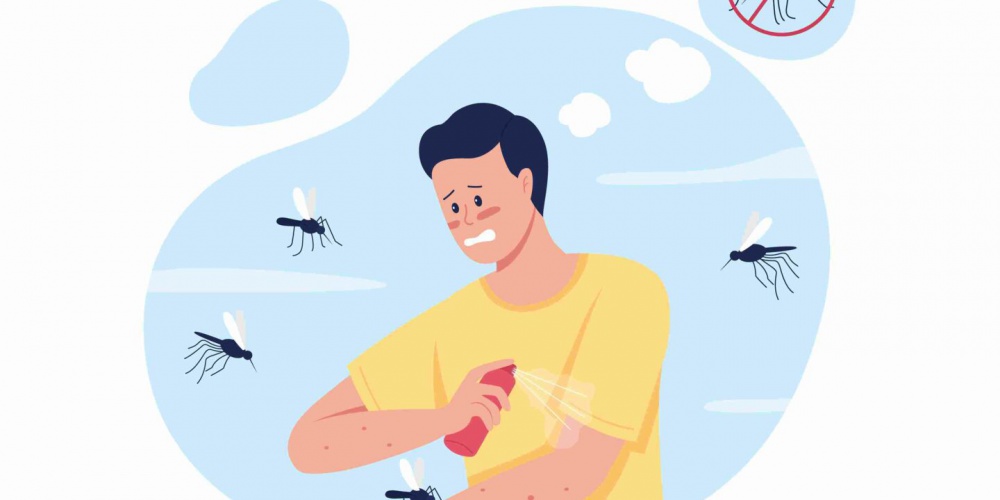MALARIA PREVENTION
Malaria is a protozoal disease characterized by the presence of malarial paroxysm, enlargement of the liver and spleen, anemia. Malaria belongs to the group of vector-borne diseases. The mechanism of transmission is vector-borne; the vector is the Anopheles mosquito. Malaria is transmitted by mosquito bite, contamination of medical instruments, blood and blood substitute transfusions, and transplacental transmission from mother to child.
Malaria is more commonly reported in non-immune individuals, as well as in children. Malaria occurs in hot and subtropical countries.
To prevent the incidence of malaria, the main role belongs to its prevention. Prophylaxis consists of early detection of patients and parasite carriers, destruction of anopheles mosquitoes by chemical and biological methods, safe blood transfusion. Donors should use serologic methods of malaria diagnostics (RNHA, ELISA). Chemical method consists in treatment of dwelling and breeding places of malarial mosquitoes. Organophosphorus compounds such as malatron, abat, fenitrocin are used for this purpose.
Biological method consists in draining lands, gambusing water bodies. We also protect premises from mosquitoes by installing nets on windows, distributing mosquito repellent to each family in the malaria center. Individual prophylaxis with hingamine and fonsidar is used to increase the population's immunity to malaria. Persons living in foci of three-day malaria are given interseasonal chemoprophylaxis of disease relapses with primaquine.
Methods of vaccination against malaria have now been developed. Vaccination and compliance with preventive measures is a reliable protection against malaria.
Hakimova Z.F.- Senior lecturer at the department of infectious diseases, SEI “Avicenna Tajik State Medical University”
Translated Ismoilov R.

